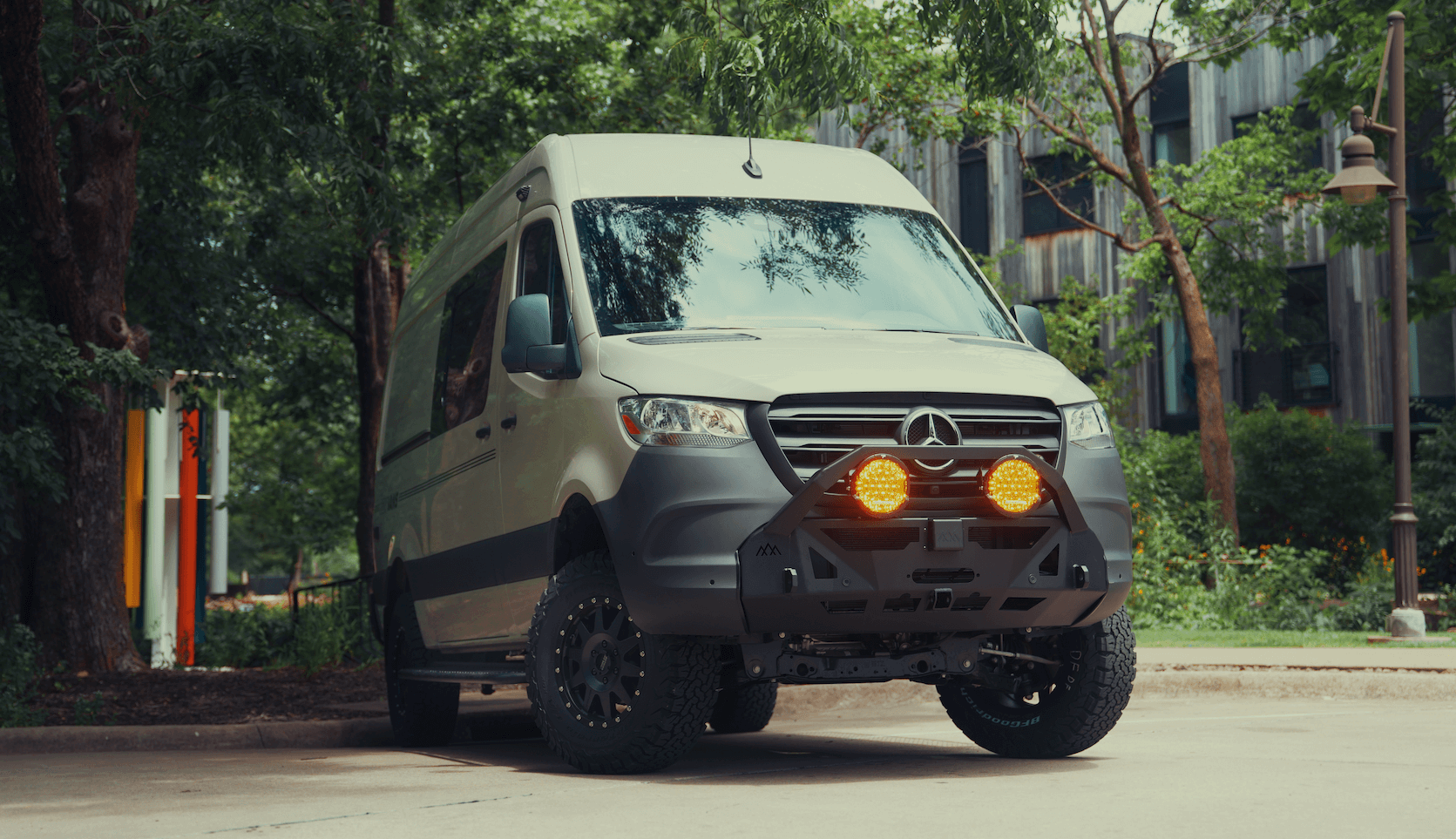Recreational Vans

A Victron inverter turns DC energy from a battery bank into household AC power so you can run outlets, chargers, and appliances while mobile or remote. The key is pure sine wave output, which mirrors utility quality power and keeps laptops, induction cooktops, and compressors happy. Think of it as the translator between battery storage and everyday electronics. Choose 12 volt or 24 volt models to match your battery system, then size the inverter to your real world load profile with headroom for startup surges.
Pure sine wave output keeps audio equipment quiet, reduces heat in power supplies, and prevents glitches in control boards. Modified wave inverters can struggle with brushless motors and switch mode power supplies, so pure sine is the standard for vans and off grid cabins where reliability matters.
Two numbers define usable power. Continuous rating covers steady loads like a fridge and router. Surge rating handles short bursts from compressors or blenders that need a high inrush current to start. A common approach is to size continuous output for your average peak demand, then leave extra margin for surges so breakers do not trip and voltage stays stable.
Conversion efficiency describes how much battery power turns into usable AC. Higher efficiency means less waste and cooler operation. Standby or idle draw is the small current the inverter consumes while ready to supply power. Features like search mode can lower idle draw by waking the inverter only when a load appears, which extends battery life during quiet hours.
Many Victron inverter units combine an inverter with a transfer switch and smart battery charger. When shore power or a generator is present, the transfer switch feeds your AC panel while the charger refills the batteries with correct voltage stages for lithium, AGM, or gel chemistries. When shore power is removed, the inverter takes over without a pause so lights and outlets stay on. Current limiting and boost features help prevent tripping small campground breakers by blending battery power with limited shore input during short peaks.
Lithium batteries prefer precise absorption and float settings, and they benefit from temperature compensated limits and communication with a battery management system. A 24 volt system halves current for the same power compared to 12 volt, which reduces cable size and voltage drop on high draw builds. Pick the system voltage that matches your largest loads, alternator supply, and future expansion plans.
Solar charge controllers, DC to DC chargers from the vehicle alternator, and the inverter charger all need a defined priority. A common design goal is to let solar do as much work as possible while alternator and shore inputs fill gaps. Centralized monitoring makes it easy to see flows, adjust limits, and diagnose issues before they become problems.
A good Victron inverter will perform only as well as the system around it. Follow a simple checklist to get reliable results.
OZK Customs designs and installs Victron inverter systems inside complete custom vans and overland builds. We start with your appliance list, map charging sources, and set clear goals for run time and recharge speed. Our team handles component layout, ventilation, cable routing, fusing, transfer switching, and commissioning so the system starts clean and stays that way. If you are planning your next adventure rig, see what we build on our vans pages: Explore recreational vans, Custom build a van, and See mainstream vans.
Ready for dependable van power with a professionally integrated Victron inverter system? Tell us how you travel, the gear you run, and your charging sources. OZK Customs will spec, build, and install a turn key electrical system that just works. Start your custom build consultation today.
Ready for dependable van power with a professionally integrated Victron inverter system? Tell us how you travel, the gear you run, and your charging sources. OZK Customs will spec, build, and install a turn key electrical system that just works. Start your custom build consultation today.
ADDRESS:
6159 E Huntsville Rd, Fayetteville, AR 72701
PHONE:
(479) 326-9200
EMAIL:
info@ozkvans.com